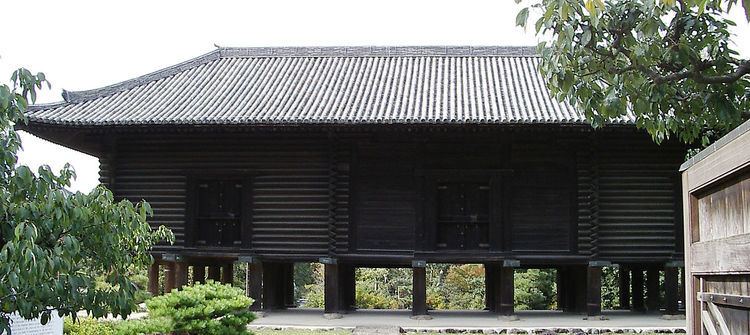645–650 Taika 686–686 Shuchō 704–708 Keiun | 650–654 Hakuchi 701–704 Taihō 708–715 Wadō | |
 | ||
Period December 1844 – February 1848 | ||
Kōka (弘化) was a Japanese era name (年号,, nengō,, literally "year name") after Tenpō and before Kaei. This period spanned the years from December 1844 through February 1848. The reigning emperors were Ninkō-tennō (仁孝天皇) and Kōmei-tennō (孝明天皇).
Contents
Change of era
The nengo was not changed concurrent with the accession of Emperor Komei; instead, the Kōka era was retained until about a year after the new emperor was enthroned.
Events of the Kōka era
During these years, Hiroshige began making a series of prints showing beautiful women in contexts of famous places.
References
Kōka Wikipedia(Text) CC BY-SA
